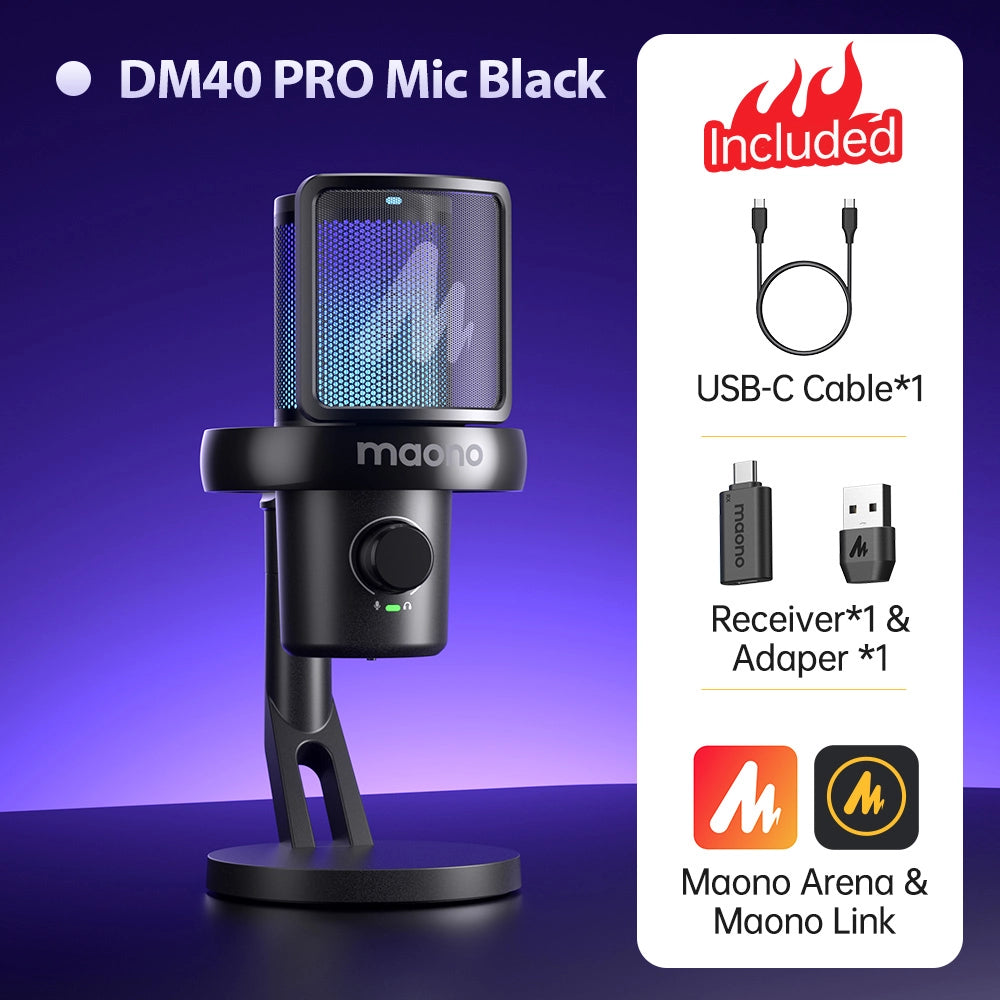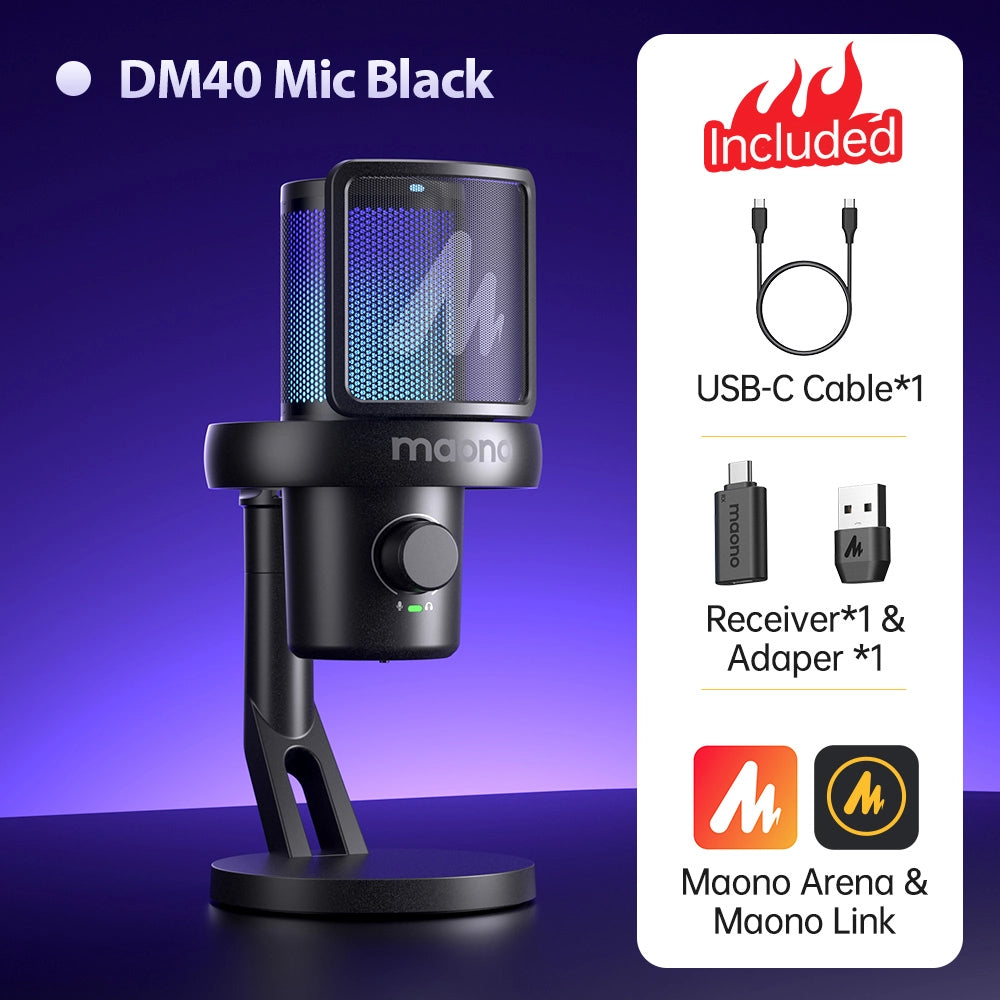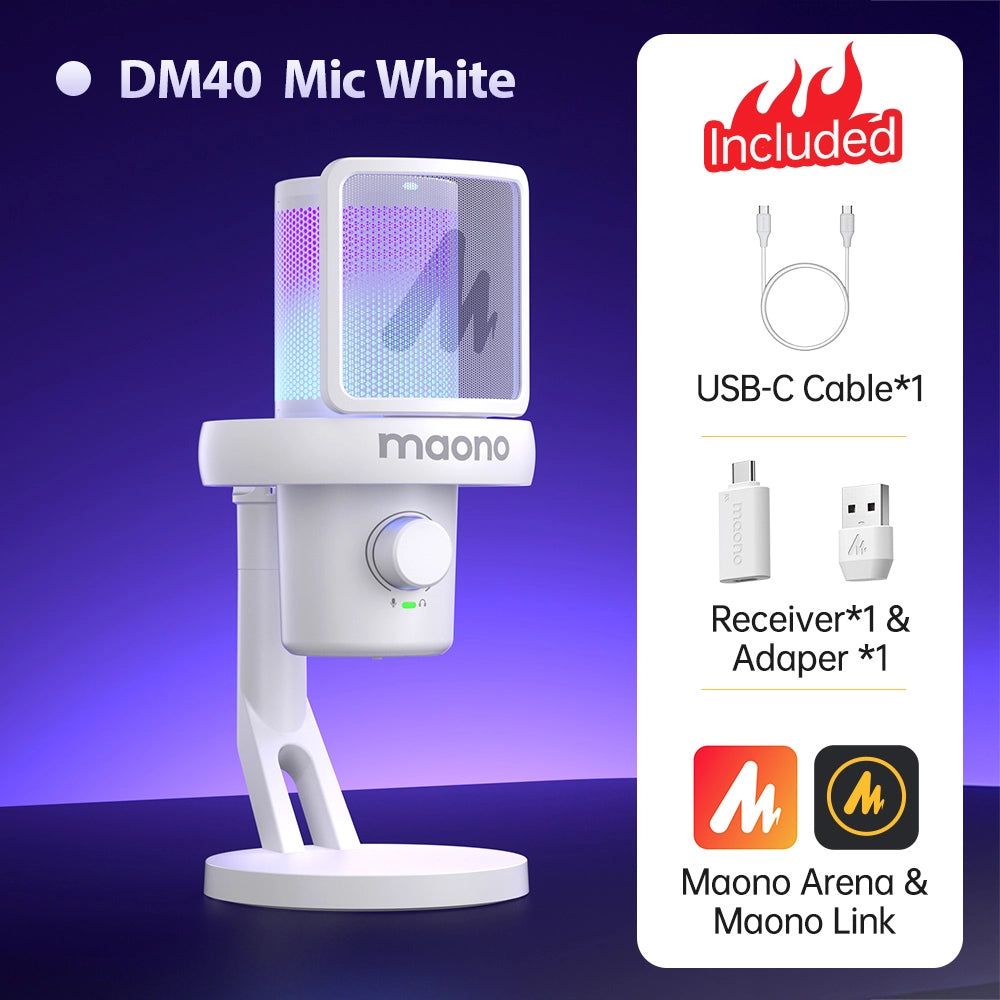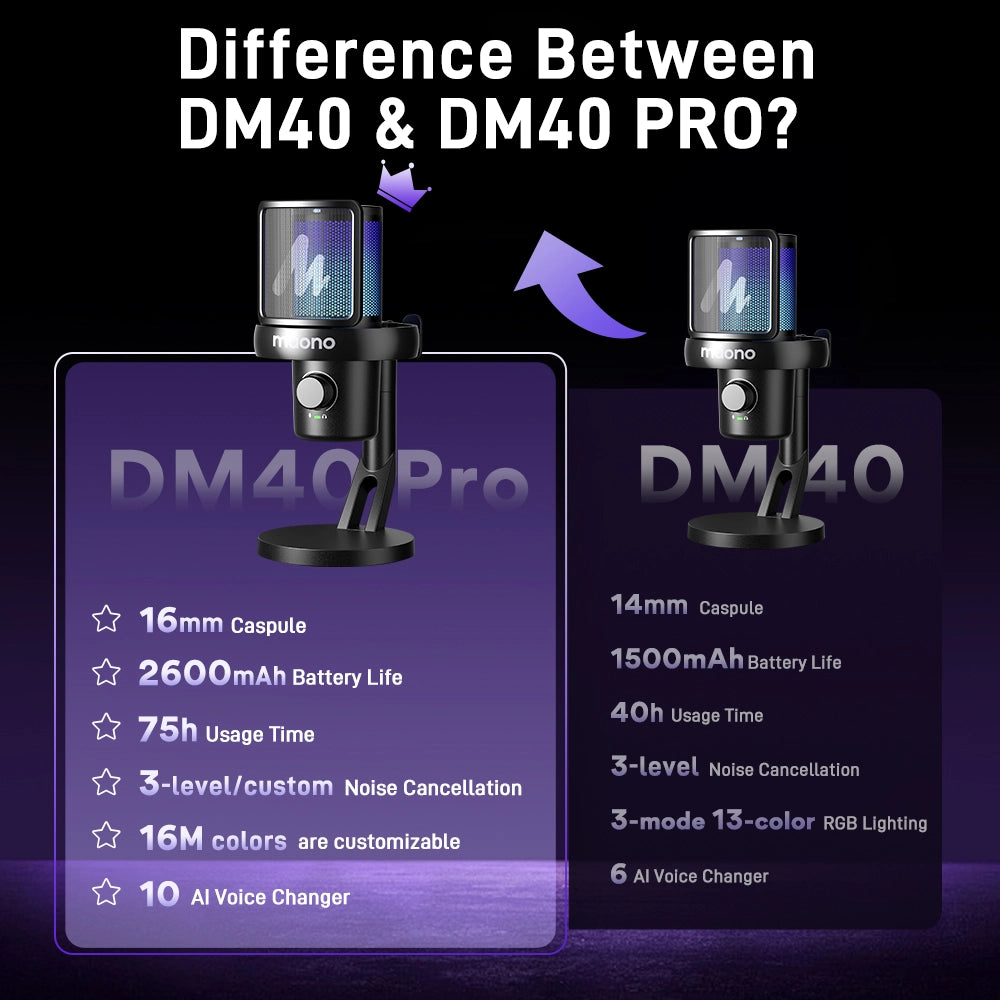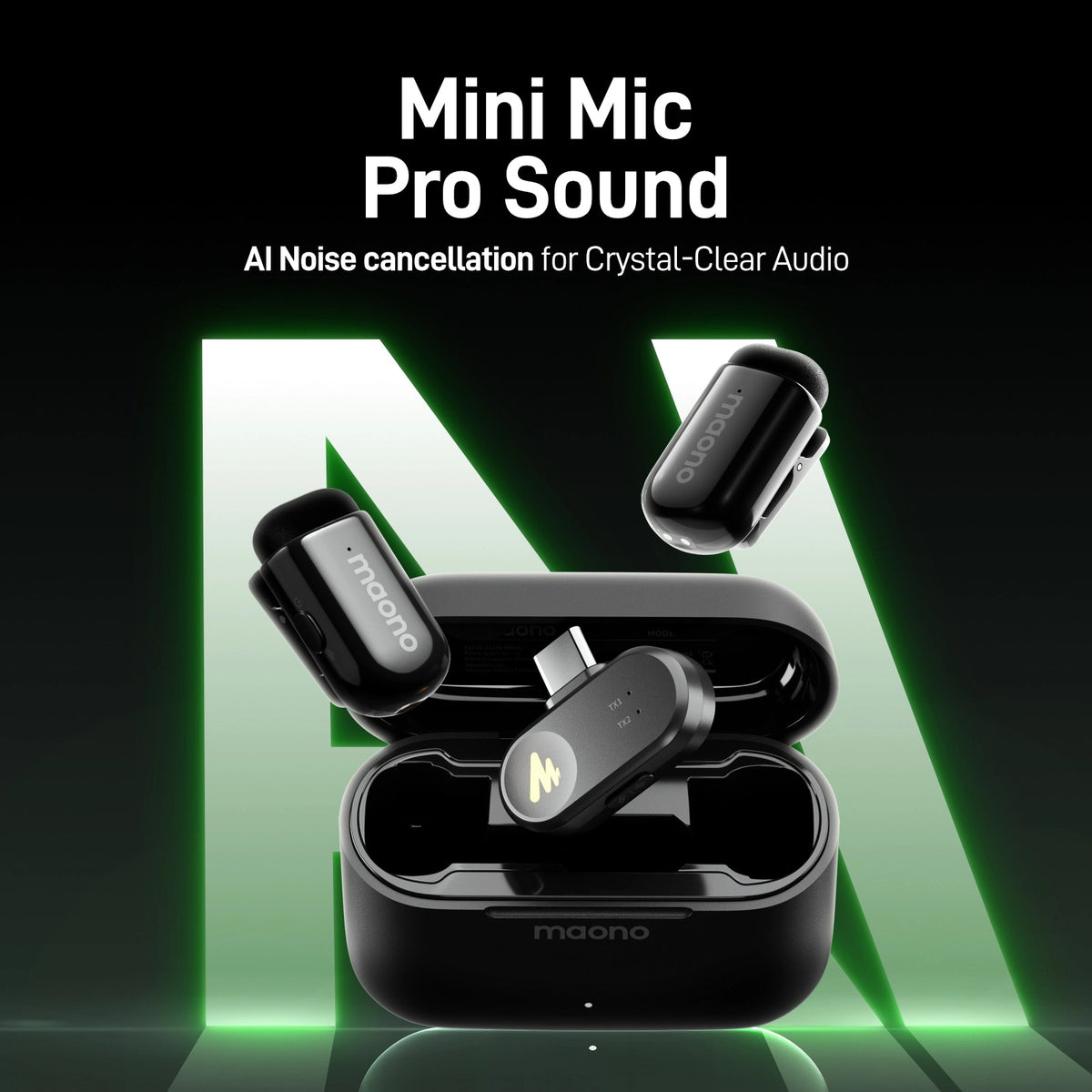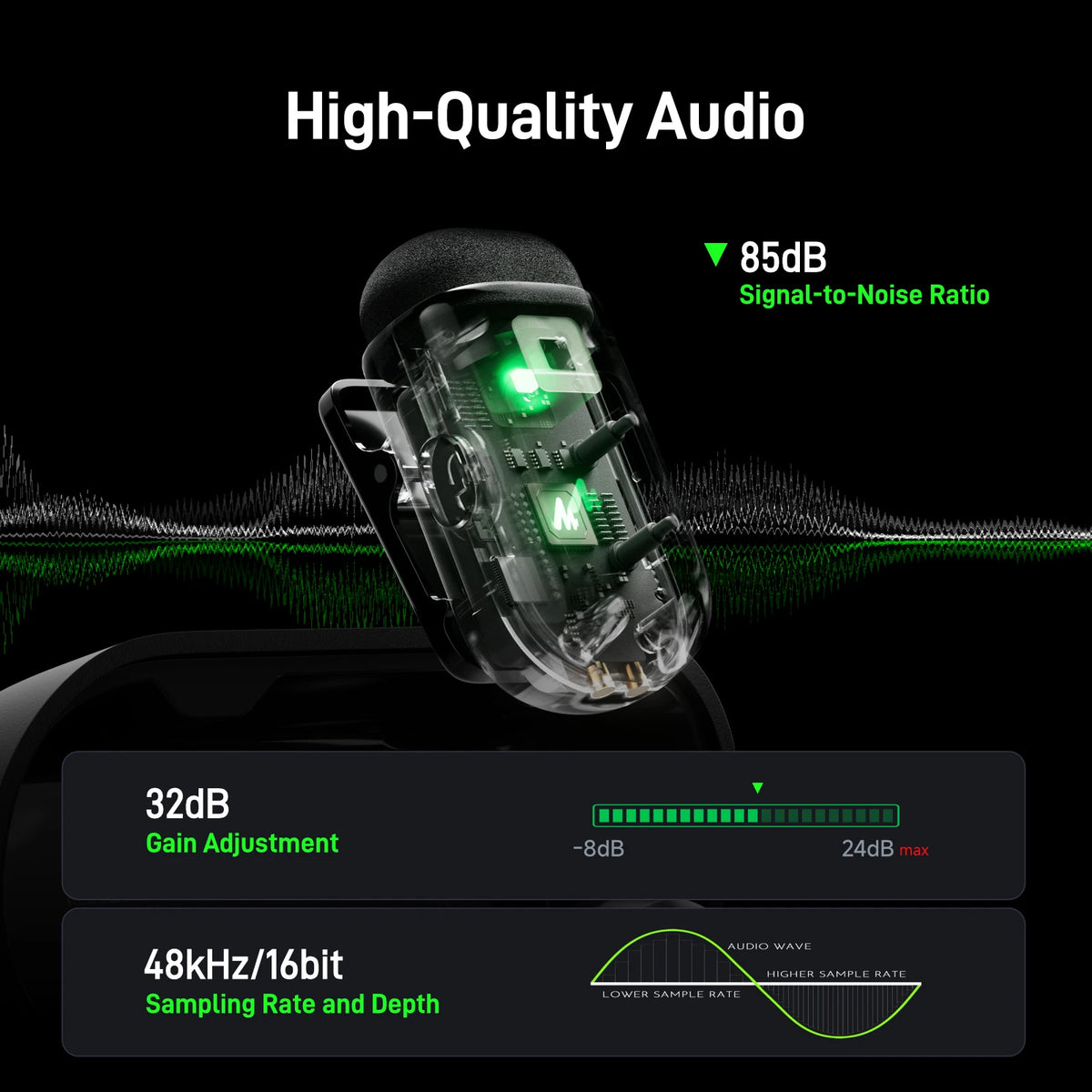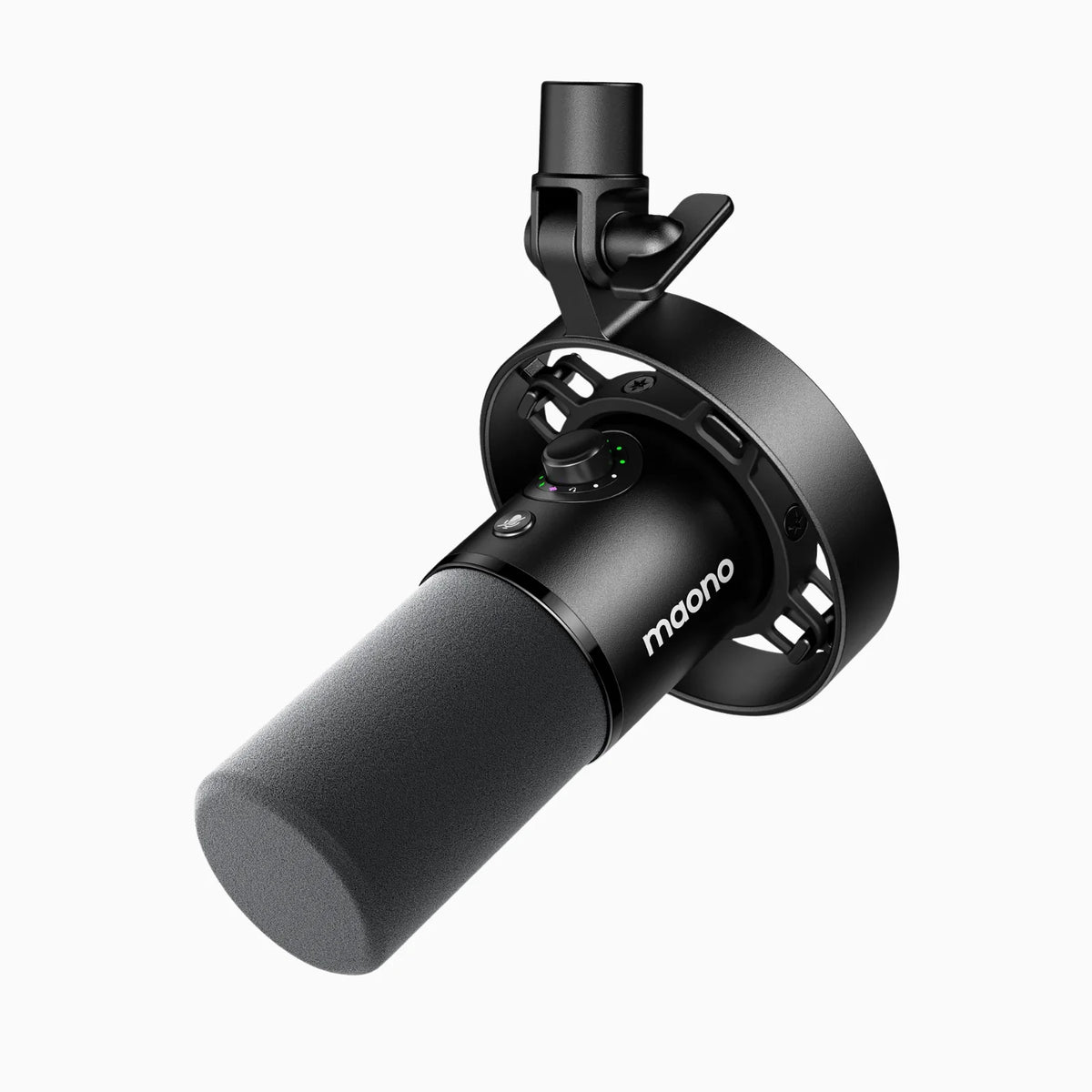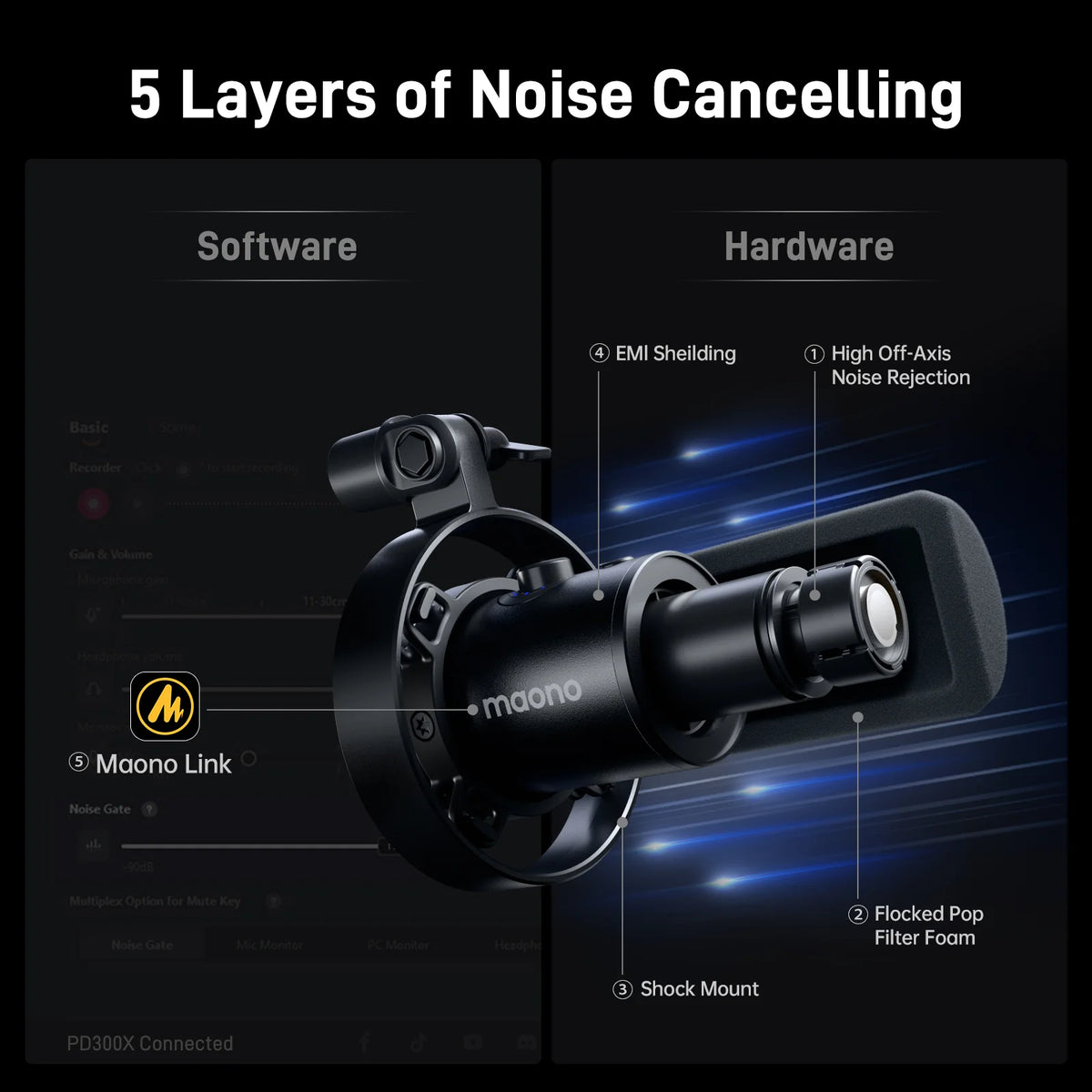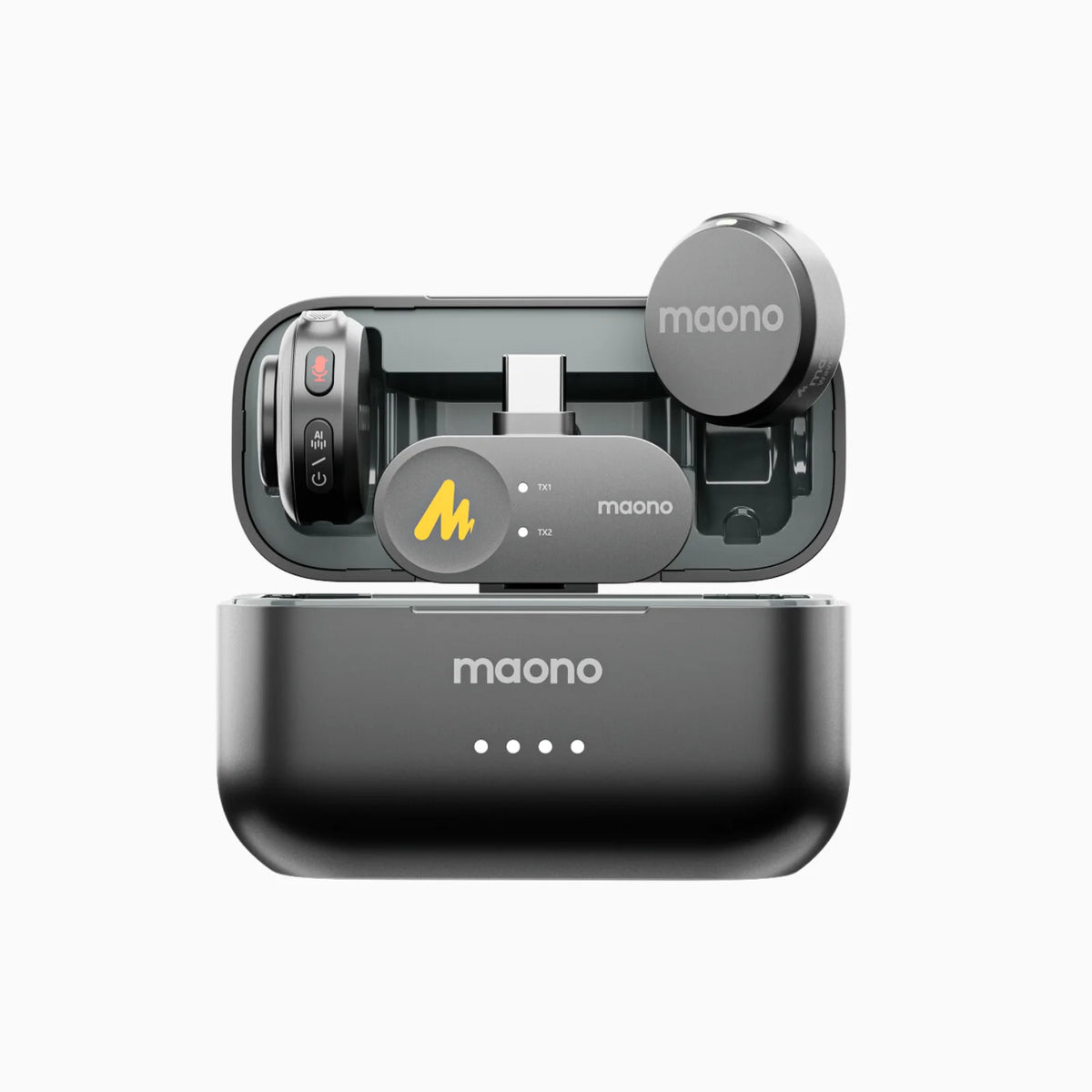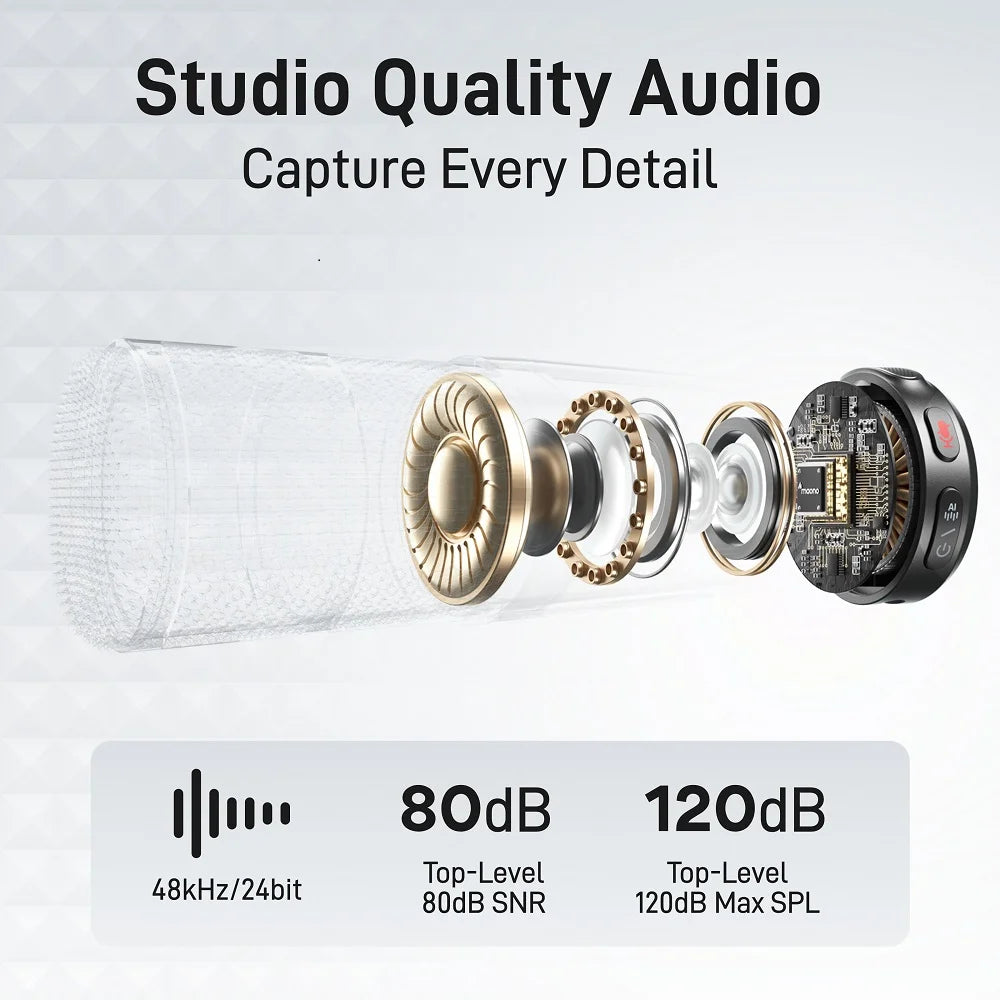In a world where high-quality audio can make or break a business, a career, or a project, the rise of the dynamic microphone with USB connectivity has transformed how creators capture sound. Whether you’re a podcaster, musician, or streamer, having the right gear can elevate your content to professional levels, ensuring your voice is heard loud and clear. Let’s dive into the essentials of this game-changing technology and explore how it can enhance your audio experience.
Why is a dynamic microphone with a USB important?
In today's content-driven world, the need for high-quality audio has never been more paramount. Dynamic microphones with USB connectivity are vital for podcasters, streamers, musicians, and content creators. A good dynamic microphone with USB captures sound effectively, delivering clear and rich audio without picking up excessive background noise. Dynamic microphones are robust, and capable of handling high sound pressure levels, making them ideal for loud environments, such as live performances or recording studios.
What sets USB dynamic microphones apart is their ease of use. Unlike traditional microphones that require additional equipment, USB mics connect directly to computers or other devices, simplifying the recording process. This accessibility has democratized audio recording, allowing anyone with a computer to create professional-sounding content.
Can you use an XLR mic with USB?
Yes, you can use an XLR microphone with USB, but it typically requires an audio interface or a mixer equipped with USB output. This setup allows for greater flexibility and control over sound quality, enabling users to take advantage of the superior audio characteristics of XLR microphones. However, for those looking for simplicity, microphones that combine both USB and XLR connectivity offer the best of both worlds.
Is a USB or XLR mic better?
The answer to whether USB or XLR mics are better often depends on the user's needs. USB microphones are user-friendly, making them perfect for beginners or those who prioritize convenience. However, XLR microphones are favored by professionals for their superior sound quality, durability, and versatility. They can be integrated into more complex audio setups, offering extensive control over sound characteristics. Ultimately, the choice between USB and XLR should consider the intended use, audio quality requirements, and future scalability.
Can you use an XLR mic without an interface?
An XLR microphone typically requires an audio interface or a mixer to connect to a computer. The interface serves as a bridge, converting the analog signal from the microphone into a digital signal that the computer can process. While there are some XLR microphones designed for direct connection to devices (like some smartphones), using an interface is the most common and effective method to ensure optimal sound quality.
Can XLR be converted to USB?
Yes, XLR microphones can be converted to USB with the right equipment. Audio interfaces or USB microphones with XLR inputs can facilitate this conversion. These devices take the analog signal from the XLR mic and convert it into a digital format, allowing for seamless integration with computers and digital audio workstations. Some dynamic microphones are also designed to feature both XLR and USB outputs, making them incredibly versatile.
Top 7 USB & XLR Mics Offering Dual Connectivity
Here are seven top dual connectivity microphones, including two from Maono that stand out in 2024:
- Shure MV7
- The Shure MV7 is inspired by the iconic SM7B but features both USB and XLR outputs. It offers excellent sound quality for vocals, with a built-in headphone output for real-time monitoring.
- Rode NT-USB
- A versatile microphone known for its quality and ease of use, the Rode NT-USB is ideal for podcasting and streaming. It features a high-quality condenser capsule and a pop shield, enhancing voice clarity.
- Audio-Technica AT2020USB+
- This microphone combines the renowned AT2020 with USB connectivity. It offers a cardioid pattern that effectively reduces background noise and is perfect for home studios.
- Samson Q2U
- The Samson Q2U is a budget-friendly option that delivers impressive audio quality. It features both USB and XLR outputs, making it great for both beginners and more advanced setups.
- Maono HD300

- This affordable dynamic microphone from Maono features both USB and XLR outputs. This USB/XLR mic is designed for voice clarity and comes with a sturdy build, making it perfect for various recording environments. This microphone captures detailed and clear audio, making it ideal for vocals and instruments. Its sensitivity allows it to pick up subtle nuances in sound, perfect for studio recording. The microphone comes with a shock mount and a pop filter, reducing unwanted vibrations and plosives. Its USB and XLR connectivity options provide flexibility for various recording setups. Its cardioid polar pattern helps to focus on the sound source and reject ambient noise.
6. Maono PM320

- Another great option from Maono, the PM320 features dual connectivity and offers exceptional sound quality for vocals. Its compact design makes it an excellent choice for travel and mobile recording. The Maono PM320 is a dynamic microphone designed for voice applications, delivering rich and warm audio quality. Its robust construction makes it suitable for both studio and live environments. This microphone includes a built-in pop filter to reduce plosive sounds and a sturdy metal body for durability. It also offers both USB and XLR outputs for versatile connectivity. Its cardioid polar pattern effectively isolates the sound source while minimizing background noise.
7. Blue Yeti X
- A popular choice among streamers and podcasters, the Blue Yeti X features multiple polar patterns and USB connectivity. Its robust build and superior audio quality make it a go-to for many content creators.
FAQs
1. What's the best USB dynamic microphone for podcasting?
Here are three standout USB dynamic mics for podcasting:
- Shure MV7: Known for its exceptional sound quality and versatile connectivity, making it a favorite among podcasters.
- Samson Q2U: A budget-friendly option that doesn’t compromise on sound quality, perfect for beginners.
- Rode NT-USB: Offers excellent audio fidelity and is equipped with a built-in pop filter, ideal for vocal clarity.
2. What's the best USB & XLR dynamic mic for podcasting?
For those looking for USB and XLR capabilities, consider these three mics from Maono:
- Maono HD300: Offers dual connectivity and is praised for its clarity and affordability, making it a solid choice for podcasting.
- Maono PM320: Known for its exceptional sound quality and durability, this mic works well in various recording scenarios.
- Maono PD100U: A versatile microphone that comes with accessories, providing great value and quality for podcasters. The PD100U is a dynamic microphone optimized for podcasting and streaming, offering a warm and clear sound signature. Its design is tailored for vocal clarity, making it an excellent choice for voice applications. This microphone features USB connectivity for easy plug-and-play use, along with a sturdy build for reliable performance. It also includes a built-in headphone jack for zero-latency monitoring. The polar pattern cardioid, allowing it to capture sound directly in front while minimizing noise from the sides and rear.

3. How do you describe the sound quality of Maono's USB & XLR dynamic microphones, especially for vocals?
Maono's USB & XLR dynamic microphones are renowned for their impressive sound quality, particularly for vocals. They deliver clear and natural audio, capturing the nuances of the voice without distortion. The microphones are designed to minimize background noise, ensuring that the primary sound source—be it singing or speaking—is front and center. This makes them ideal for applications ranging from podcasting to music recording, providing a professional sound quality that enhances the overall listening experience.
Conclusion
In the ever-evolving landscape of audio recording, dual-connectivity dynamic microphones with USB and XLR outputs have emerged as essential tools for creators of all kinds. They offer flexibility, ease of use, and exceptional sound quality, catering to both novices and seasoned professionals. With options like the Shure MV7 and Maono’s dynamic microphones, users can enjoy the benefits of both connectivity types, adapting to various recording environments and requirements.
As we look ahead to 2024, investing in a dual-connectivity microphone is a smart choice for anyone serious about producing high-quality audio. Whether you're podcasting, streaming, or recording music, these microphones provide the versatility and performance needed to elevate your audio projects. With advancements in technology and growing accessibility, the future of audio recording looks brighter than ever.










